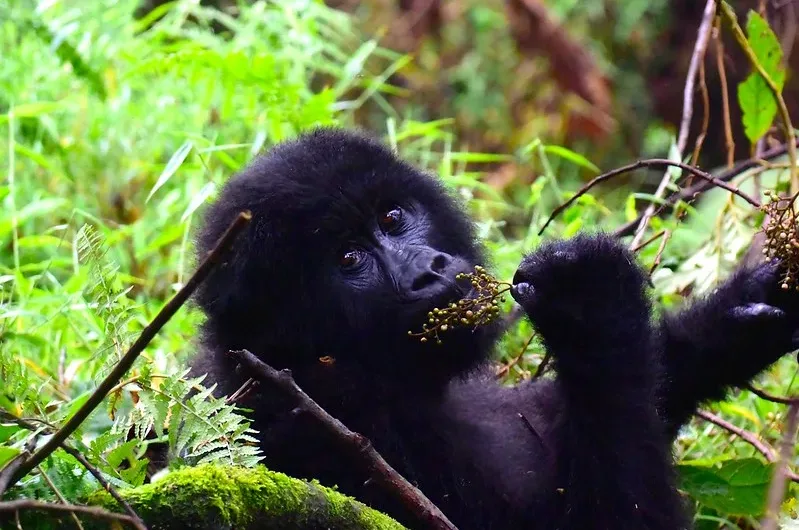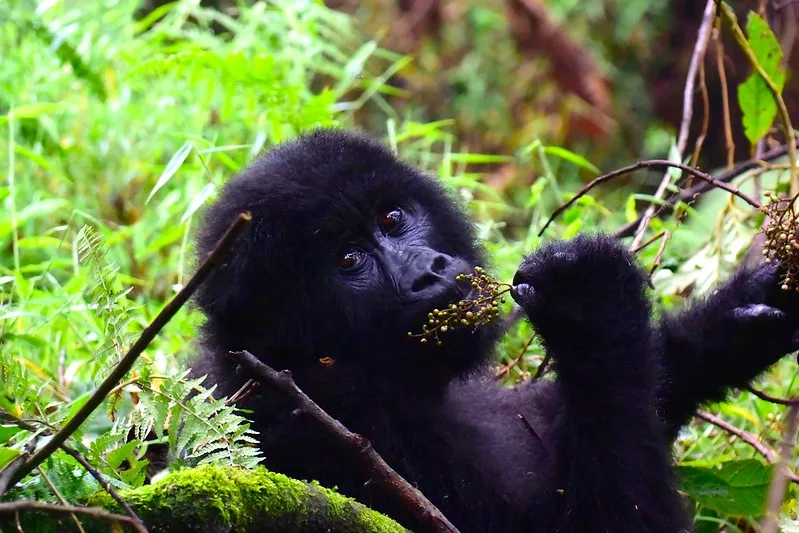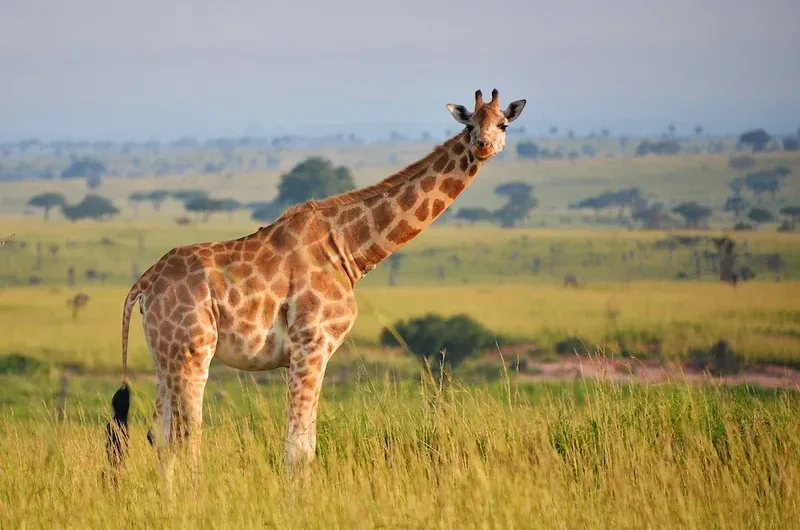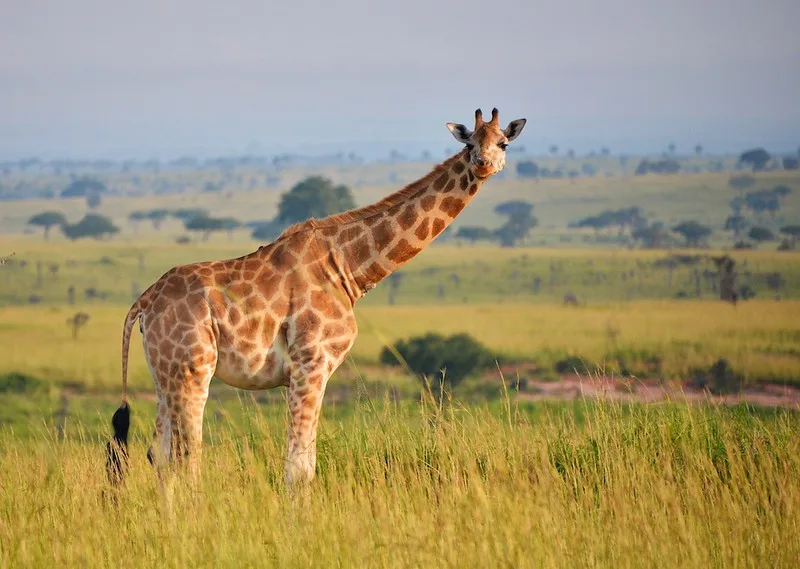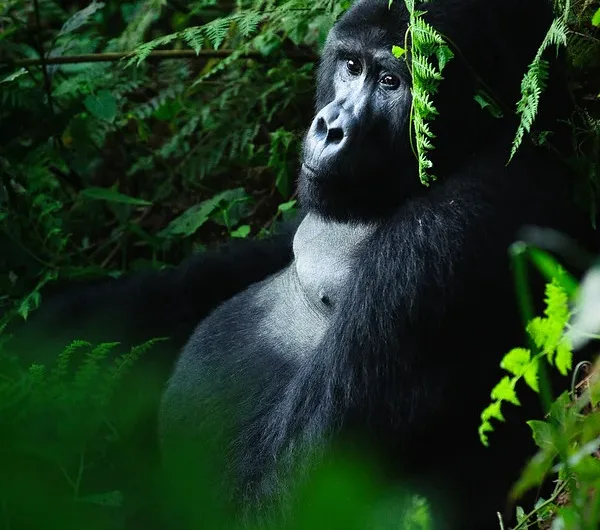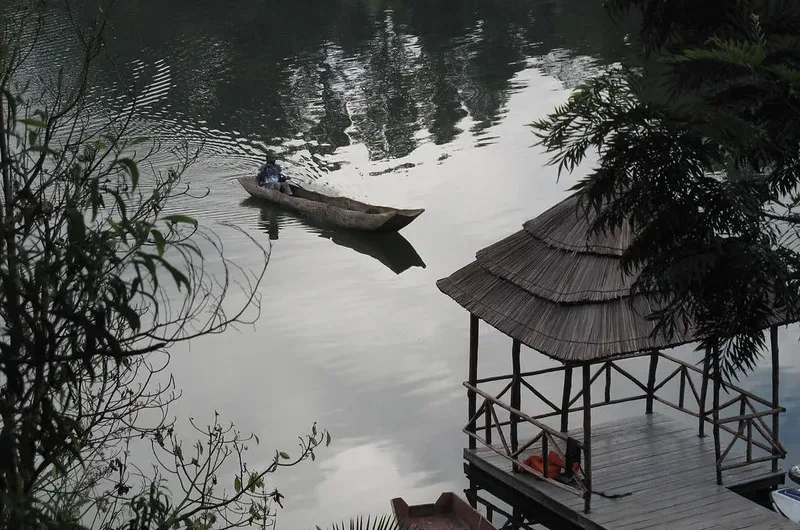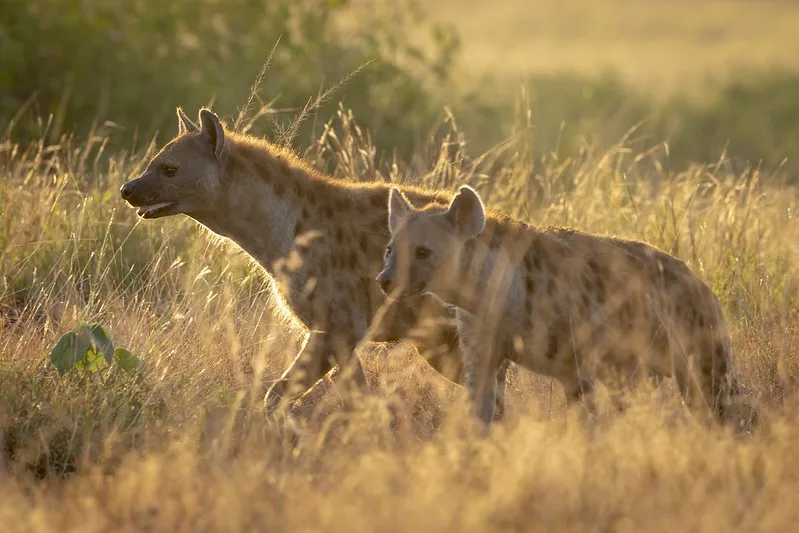5 Luxury things to do in Bwindi impenetrable National Park
There are a number of Bwindi Impenetrable National Park vacation packages available from Katland Safaris, and each one includes one of the five most luxurious things to do while there.
Bwindi Forest National Park, in southern Uganda, shares a border with the Congo. It is famous as the best place to trek mountain gorillas because it is home to more than half of the world’s remaining wild mountain gorilla population. It is also one of only two national parks in Uganda where visitors can see the majestic mountain gorillas in their natural habitat. You may go gorilla tracking in the Nkuringo sector, as well as in the Rushaga, Buhoma, and Ruhija areas of Bwindi Forest National Park.
There are many habituated gorilla families in Bwindi Forest National Park that visitors may monitor. Each family has its own unique set of gorillas, and the silverback, the dominant male, rules the roost. If you want to embark on the hike, you need a Gorilla permit that is valid on that day. Because each gorilla family in Bwindi Forest National Park may only have eight visitors per day, the number of gorilla permits is restricted. Katland Safari can book your gorilla lifetime safari.
In Bwindi Impenetrable National Park, what are the top five things to do for a luxurious vacation?
Bwindi Impenetrable National Park is a must-visit African tourist hotspot due to its abundance of natural beauty and cultural attractions. See everything there is to see and do in Bwindi below.
Exploring Bwindi Impenetrable National Park on Foot for Gorillas
The main way to observe gorillas in Bwindi is to go on a gorilla tracking safari. You have a 98% chance of seeing mountain gorillas in their native environment when you visit Bwindi Forest National Park, which is home to half of the world’s surviving mountain gorillas. Two southern areas of Bwindi Forest National Park, Rushaga and Nkuringo, and two northern and eastern sections, Ruhija and Buhoma, are home to mountain gorillas.
For a gorilla walk in Bwindi Impenetrable National Park from Entebbe, a gorilla permit is the most important thing to have. You need to buy the gorilla permit in advance if you want to go on a trek with them. You may do it on any day you want, as long as the permits are available on that particular day. Since there is a limit of eight permits per gorilla family, you’ll need to book your gorilla trek months or even days before your visit to Bwindi Forest National Park if you want to go on a day of tracking these majestic creatures.
We will verify the availability of permits online when you book an all-inclusive Gorilla road trip to Bwindi Impenetrable National Park from Entebbe with Katland Safaris. All you need to do is tell us your preferred dates for trekking gorillas. We will send you an invoice for the permit fee and hold it in our preliminary reservation system. We will expedite the process of obtaining your permit and provide you with scanned copies of the relevant receipts once we receive payment from the Uganda Wildlife Authority.
The Habituation Experience of Gorillas
You may spend four hours in the company of mountain gorillas that are still in the habituation process at the Gorilla Habituation Experience. Because of the limited capacity of Bwindi Forest National Park in Uganda (only four individuals are permitted each habuation session), it is essential that you reserve your habuation permit in advance to ensure your spot. Depending on how long it takes you to locate them, the experience might start and finish anywhere from half a day to a whole day.
Only in the southern part of Bwindi Impenetrable National Park, between the Rushaga and Nkuringo sectors, are gorilla habituation activities carried out. During this encounter, you’ll get to see gorillas up close and personal while they undergo habituated behavior modification. While the gorillas are still adjusting to humans, you’ll get to see their feeding habits, movement patterns, resting habits, and even their communication abilities. In the Bwindi Impenetrable National Park, this is among the top five most exciting things to do in a luxury setting.
Experiential Bird Observation
Among the many rare and exotic bird species that call Bwindi Forest National Park home are the Albertine Rift Endemic birds. Birding in Bwindi National Park is a great way to see a wide variety of birds, including the Handsome Francolin, the Rwenzori Nightjar, the dwarf honeyguide, the African green broadbill, the Archer’s Robin-Chat, the red-throated alethe, the yellow-eyed black-flycatcher, the red-faced woodland warbler, the short-tailed warbler, the Grauer’s warbler, the Mountain Masked Apalis, the collared apalis, the stripe-breasted tit, the Rwenzori Batis, the blue-headed sunbird, the Regal sunbird, the strange weaver, and the dusky crimsonwing. With the help of our expert birding guides, we can arrange trips to Bwindi Forest National Park where you may see a wide variety of species. To book an all-inclusive 5-star tour to Bwindi Impenetrable National Park, please contact us.
Community and cultural immersion
For a long time, the Batwa people—also known as the pygmies—lived in Bwindi Forest National Park. However, in recent times, they were relocated to the nearby settlements in order to facilitate mountain gorilla conservation and tourism. From Entebbe, take a car drive to Bwindi bush National Park to observe how the pygmies lived in the bush, where they slept, and how they hunted and collected wild honey.
Their dances will be on display as they describe their successful transition out of the jungle and into everyday life. The remainder of the community lives on the outside of the forest; you may visit their schools and see the women’s clubs that sell food and crafts; we also invite you to visit the community centers, where you can help the kids out by donating clothing and school supplies.
Tours of Bwindi Impenetrable National Park’s natural areas
The tropical forest that makes up Bwindi Forest National Park is one of the world’s oldest, having been there for at least 300,000 years. The park is home to several rare and endangered tree species, some of which are unique to this particular forest. Its dense canopy makes nature walks through Bwindi Forest an unforgettable experience. During your safari, you can learn about the forest’s many tree species, see a variety of birds, and maybe even see some rare forest elephants, monkeys, and baboons.
A opportunity to immerse yourself in nature and see stunning waterfalls and rivers in Bwindi Forest National Park are included in our nature walking packages that start from Buhoma Sector and conclude in Nkuringo Sector. You may customize a package with all these activities to fit your interests and the amount of time you have.
Accommodation Options in Bwindi Impenetrable National Park
You will select your accommodation/hotel according on the sector you will be trekking gorillas from in Bwindi Impenetrable National Park. The four sectors are Buhoma, Nkuringo, Ruhija, and Rushaga. If you ask us about the availability of permits, we’ll tell you which sector has them and recommend a hotel in that area.
You may find hotels and motels in all these categories, from the most affordable to the most luxurious, with both low- and high-season prices. Among the many lodging options in the Buhoma sector, one may find both affordable and more upscale options, such as the Buhoma Havens resort, Bwindi lodge, Mahogany springs lodge, Buhoma lodge, and Gorilla forest camp. Stay at Rushaga Gorilla Havens Lodge, Rushaga Gorilla Camp, or Four Gorillas Lodge in Rushaga; Nkuringo Bwindi Lodge or Clouds Mountain Gorilla Lodge in Nkuringo are two options for lodging in Nkuringo.
Travel packages to Bwindi Impenetrable National Park are available from Katland Safaris, and the company also offers tailor-made vacations. In case you have any questions, concerns, or would want to pay us in cash, you may visit our headquarters in Entebbe. Entebbe International Airport is conveniently located near our headquarters, thus we are happy to provide free pickups from there. Get in touch with us using the form and we will help you arrange everything. Both TripAdvisor and SafariBookings have nothing but praise for Katland Safaris.



